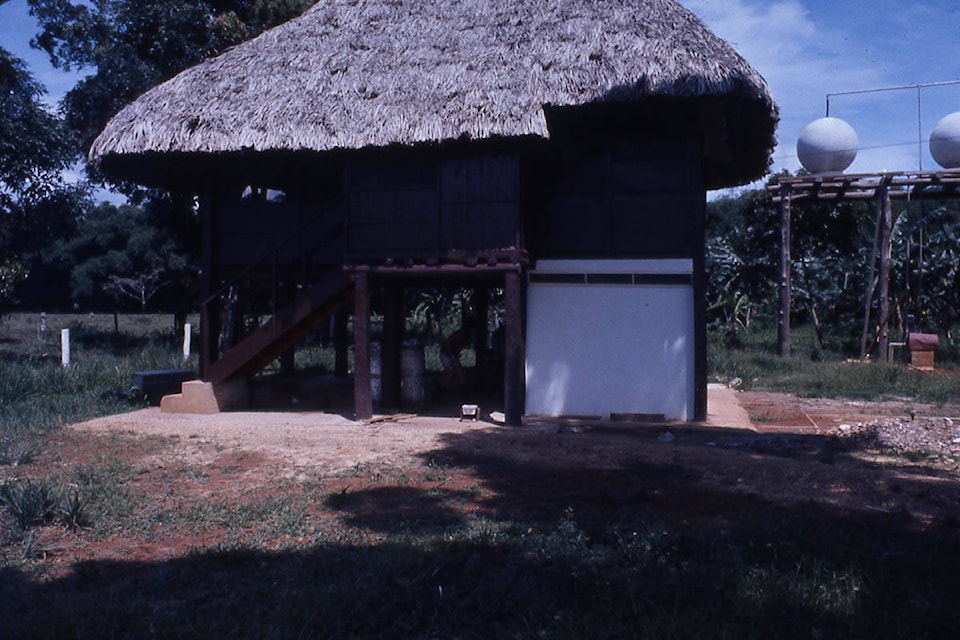While bark beetles are the main cause of forest mortality, some other insects cause the most damage to lumber in our houses and other wood structures.
Carpenter ants are one of the main problem insects for wood structures, and most people have had some experience with them. The problems start when the queens fly from the main nest and looks for a place to raise a new generation of ants. We are warned to make sure we don’t have any wood exposed to moisture, as this can attract new ant colonies. My experience has been the ants will establish on any wood area that offers a place to allow them to start excavating a new home. In both cases, the ants established in very dry places in my house and cabin.
They don’t actually get nourishment from the wood, but are only creating a network of cavities to raise the young. Be on the lookout for sawdust and ant activity, as they leave the nest to look for food to bring back to the brood. If you locate the nest soon enough and provide a food source that kills the young, the damage can be minimal; but if the new colony is allowed to develop, serious damage to the wood structures can take place.
For anyone living in hotter climates, termites become a major concern for structures made of wood. Tropical forests are much different than the monocultures of our coniferous forests, with hundreds of species in a fairly small area of the forest. It is critical when making any wood structures that you are able to identify which trees produced lumber that was resistant to insect attack, in particular from termites. I was involved with fencing projects for the grazing trials on an experimental ranch in the grass lands of central Colombia. Most of the termite-resistant wood was often very twisted, which proved very challenging for the fencing contractors when it came to constructing a hole to accommodated the crooked post.
When the lumber is produced, it sends out an odour like the stressed trees that attracts bark beetles. The termites have an uncanny ability of detecting the presence of any non-resistant wood. These insects are blind and don’t like direct sunlight, so they construct mud tunnels on any surface that they want to travel over. The contractors that constructed a wooden tower supporting water tanks for our thatched roof house underestimated the ability of termites to locate edible wood. The poles were made of resistant wood, but the platform for the tanks was not. The rationale was that the non-resistant wood was far enough off the ground to make it difficult for the termites to reach. For most of the summer, I had to constantly remove the mud termite tunnels on the support posts to prevent them from reaching the platform. All was going well until we went away for a few weeks and, as I was filling up the tanks upon our return, they crashed to the ground. Upon inspection the termites had managed to reach the supports during our time away and hollow them out enough to cause the failure. Persistence pays off if you are a termite.
Jim Hilton is a professional agrologist and forester who has lived and worked in the Cariboo-Chilcotin for the past 40 years. Now retired, Hilton still volunteers his skills with local community forests organizations.
